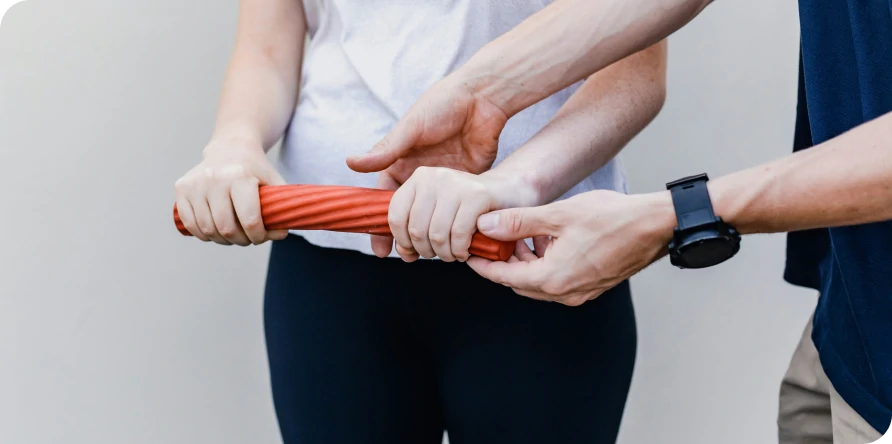What is Stroke?
Stroke is a medical condition that occurs when there is a sudden interruption of blood supply to the brain, leading to the death of brain cells. This interruption can be caused by a blockage of blood vessels (ischemic stroke) or bleeding in the brain (hemorrhagic stroke).

Who is Affected?
Stroke can affect people of all ages, including children, but it is more common in older adults. Individuals with risk factors such as high blood pressure, diabetes, smoking, and a family history of stroke are at a higher risk.
Causes of Stroke
Ischemic Stroke: Caused by a blockage or clot in a blood vessel supplying blood to the brain.
Hemorrhagic Stroke: Caused by bleeding in the brain, often due to a ruptured blood vessel
Role of Physiotherapy
Physiotherapy plays a crucial role in stroke rehabilitation by helping individuals regain physical function, mobility, and independence. The goals include improving strength, balance, coordination, and reducing disability.
Key Aspects of Physiotherapy in Stroke
Mobility Training: Helping individuals relearn walking and other movements.
Strength and Endurance Exercises: Building muscle strength and endurance.
Balance and Coordination Exercises: Enhancing balance to prevent falls.
Range of Motion Exercises: Improving flexibility and joint movement.
Functional Activities: Training for activities of daily living.
Phases of Stroke Rehabilitation
Acute Phase
Timeframe: Immediate days to weeks after the stroke.
Focus: Stabilizing the patient, preventing complications, and initiating basic mobility exercises.
Physiotherapy: Gentle movements, positioning, and early mobilization within the limits of medical stability.
Subacute Phase
Timeframe: Weeks to months after the stroke.
Focus: Intensive rehabilitation to regain independence in basic activities.
Physiotherapy: Progressive exercises targeting specific impairments, gait training, and mobility enhancement.
Chronic Phase
Timeframe: Months to years after the stroke.
Focus: Maximizing long-term function, managing residual disabilities, and promoting community reintegration.
Physiotherapy: Continuation of exercises, adaptive strategies, and community-based activities.
Definitions: Ischemic Stroke: A type of stroke caused by a blockage or clot in a blood vessel, leading to reduced blood flow to the brain.
Hemorrhagic Stroke: A type of stroke caused by bleeding in the brain due to a ruptured blood vessel.